"Poisson d’Avril". Yes, but make them silk-embroidered!
Gorgeous embroidered fish for France’s Playful April 1st Tradition.
Every year on April 1st, France bursts into laughter with its unique take on April Fool’s Day: Poisson d’Avril, or “April Fish.” Children (and mischievous adults, like me) secretly tape paper fish onto the backs of unsuspecting victims and then gleefully shout, “Poisson d’Avril!” when the prank is discovered. Though digital pranks have taken over April 1st, in France, the paper fish remains a cherished custom, especially among children. I found this fantastic Pinterest board with incredible vintage artworks representing fish, check it out. But where does this curious tradition come from, and why a fish?
A Calendar Change and a Fishy Beginning
The origins date back to the 16th century during the reign of King Charles IX.
Before 1564, France followed the Julian calendar, where the New Year was celebrated around the end of March. However, with the introduction of the Gregorian calendar, the official start of the year was moved to January 1st. Not everyone was quick to adapt, and some simply didn’t get the memo. As a joke, others started sending fake gifts and playing tricks on those who still celebrated the New Year in April. Thus, the tradition of April 1st pranks was born.
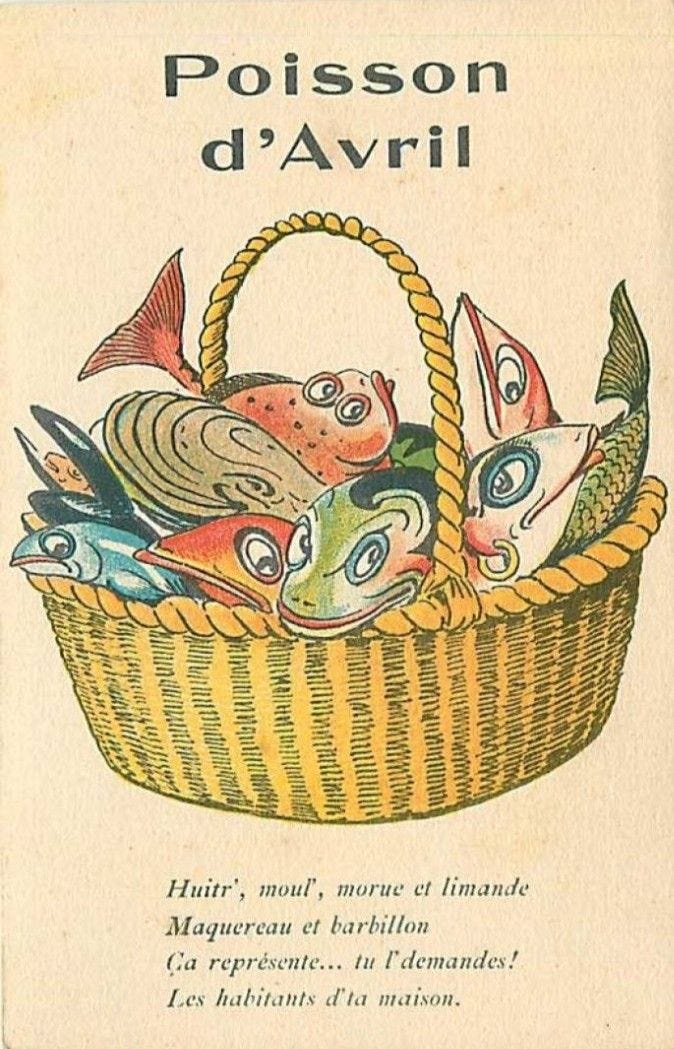
The fish symbolism likely has several roots. One theory is that April coincides with the end of the fishing season, a time when rivers were full of young, naïve fish that were easy to catch—just like a gullible person falling for a prank. Another interpretation ties the tradition to Christianity, as fish have long been associated with the Lenten season, when meat was forbidden, and fish became a staple. I have always loved this tradition and to celebrate it, I want to share one of my favorite fish embroideries with you.
Silk-Floss Fish: Stitched to Perfection!
Here is a couple of lovely Chinese hand embroidered fish from a hanging scroll made around 1800-1850. Chinese silk embroidery traces its origins back over 2,500 years, flourishing during the Han Dynasty (206 BCE–220 CE). This wasn’t just decorative work—it was an art form deeply entwined with culture, symbolism, and status.
The dark blue silk satin is embellished with the most beautiful silk floss in long and short, split and stem stitches, as well as laid and couched work. I love all the details and the subtle shimmer of the material! From the fish scales to the cloths patterns, the silk floss has kept its colors despite all these years!



Now, let’s talk about one of the most charming and auspicious motifs—the fish! In Chinese culture, fish symbolize abundance, prosperity, and harmony. This motif appears frequently in silk embroidery, often swimming among lotus flowers, which signify purity and renewal. Paired koi fish, like we have here, are a symbol of marital happiness and enduring love.The embroidered decoration depicts scenes from children’s festival in a theme usually called “100 boys” which was auspicious for sons. These two details say a lot about this textile: it’s very probable that this might have been a wedding present. It’s part of the @vamuseum collection and it is almost 2m long!
If you like Silk and silk embroidery, this trip is for you: Calabria, June 20–26, 2025
Join me for a truly special journey, from the growing of mulberry trees and the delicate care of silkworms, to the centuries-old dyeing and weaving traditions. This June, I invite you to be part of experiential learning week to Calabria, where we’ll explore this fascinating craft firsthand.
📍 When? June 20-26, 2025
📍 Where? Our trip starts in Rome and from there we fly to the stunning landscapes of Calabria in the South of Italy.
What to Expect on This Unique Adventure:
✨ Visit one of Italy’s last traditional silk farms Nido di Seta, a remarkable farm with over 3000 mulberry trees, where the passionate and unstoppable Miriam and her team are reviving ancient silk traditions. and witness the entire process from cocoon to fabric. Watch this video to discover more about Nido di Seta and their mission.
✨ Learn from master artisans as they share their expertise in natural dyeing, spinning, and weaving.
✨ Try your hand at embroidery inspired by the Byzantine heritage of the area, immersing yourself in local textile traditions.
✨ Savor the charm of Calabria, from its breathtaking countryside to its warm hospitality and incredible cuisine.
Do you have any questions? Would you like to receive the trip brochure?





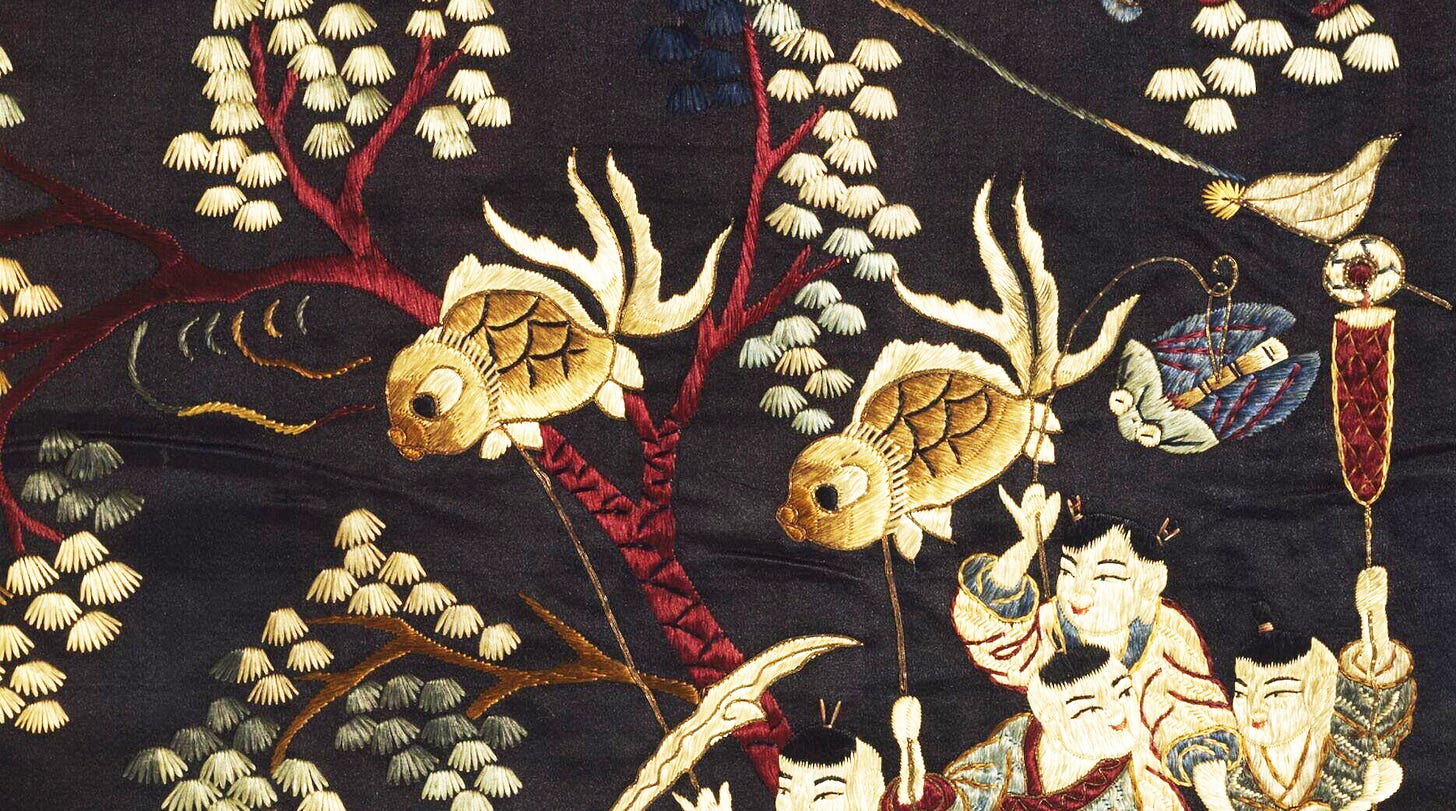
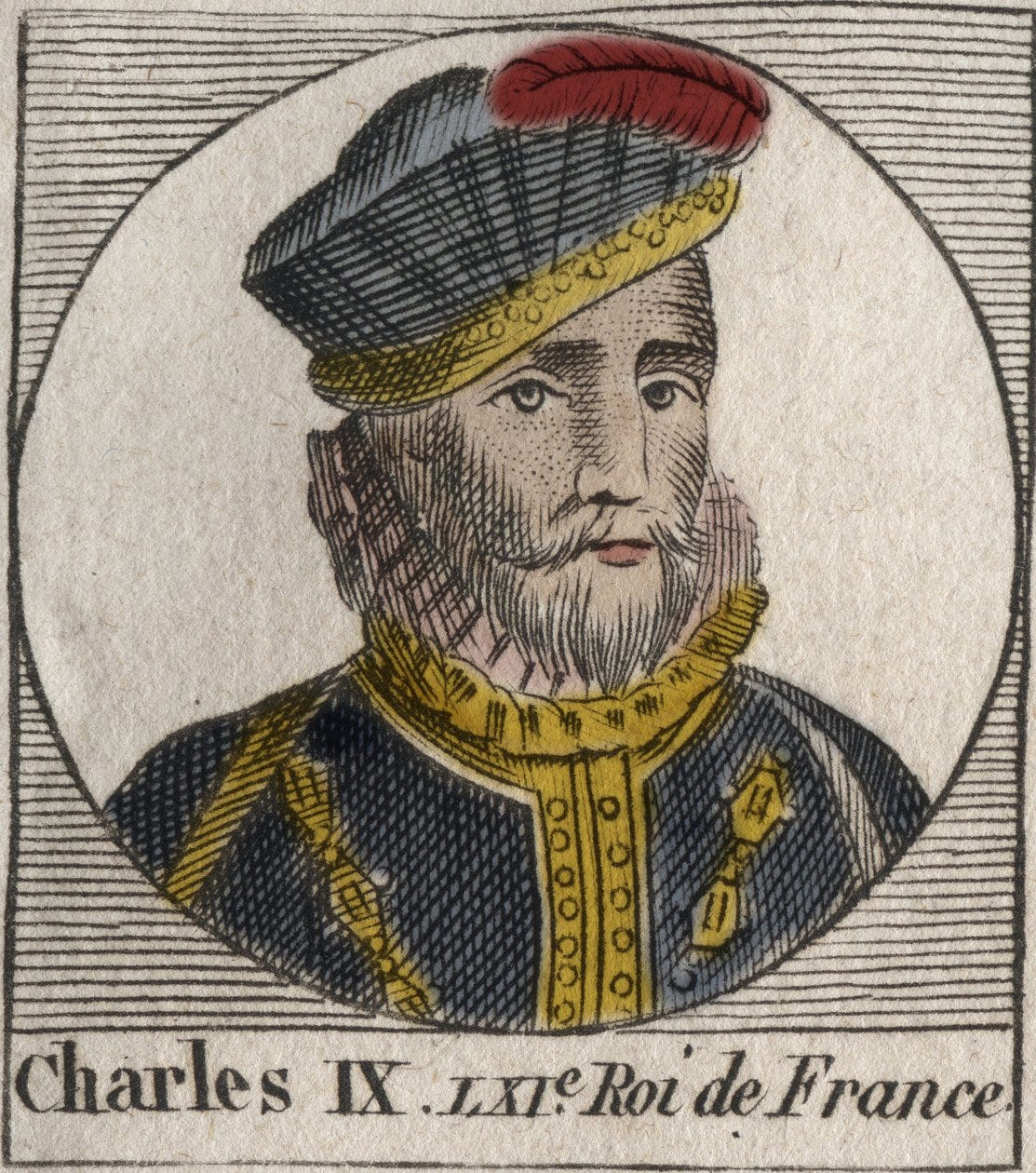
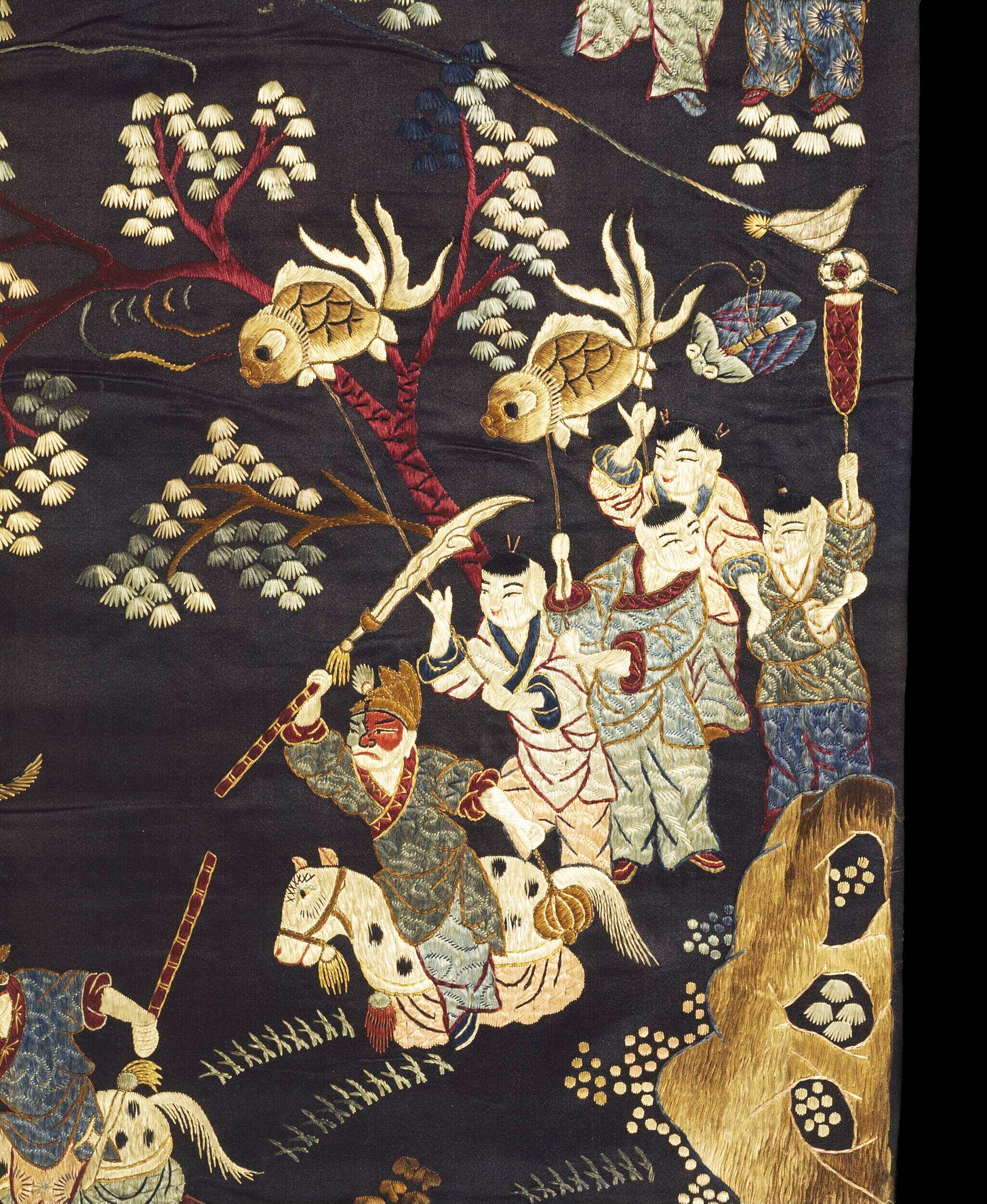
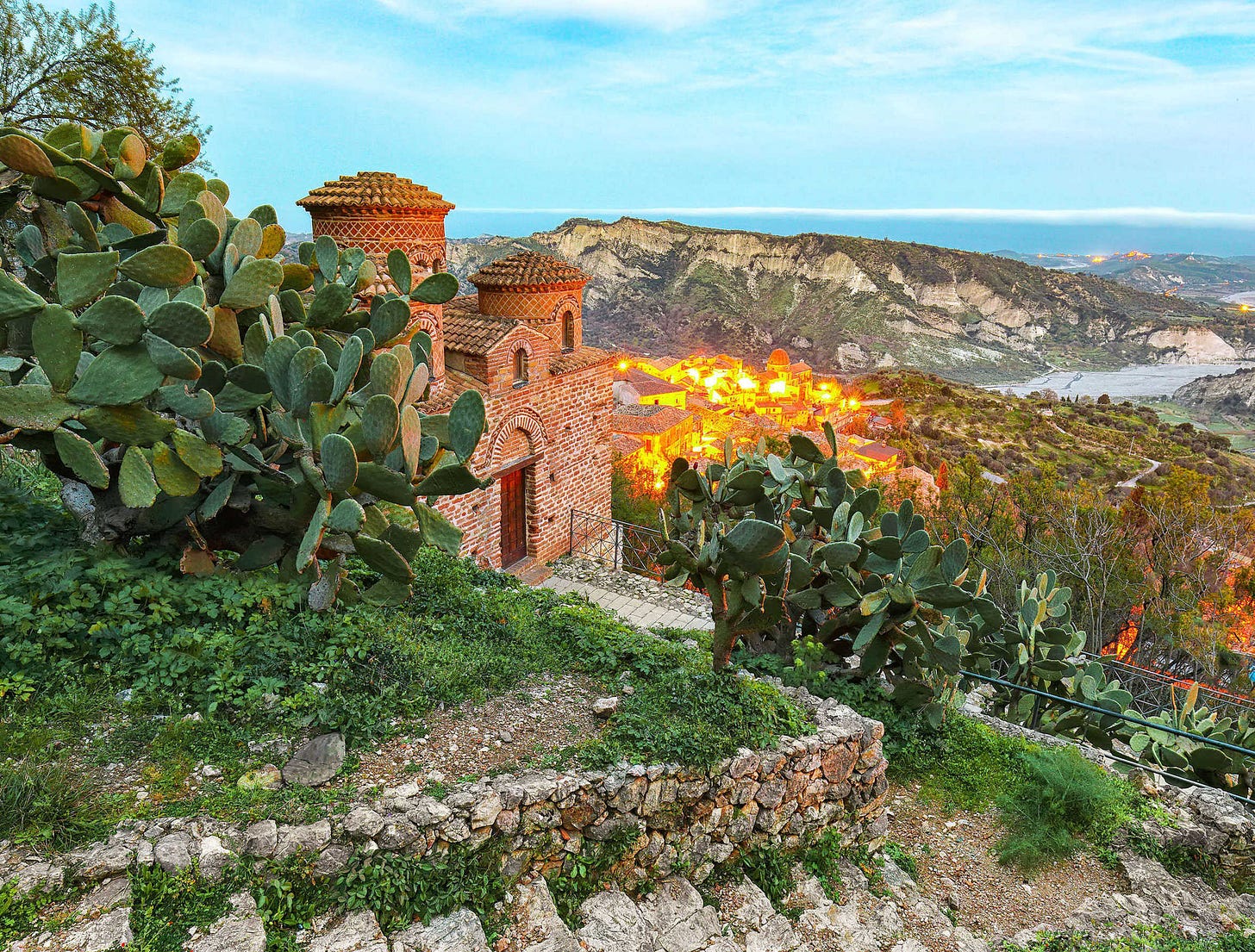
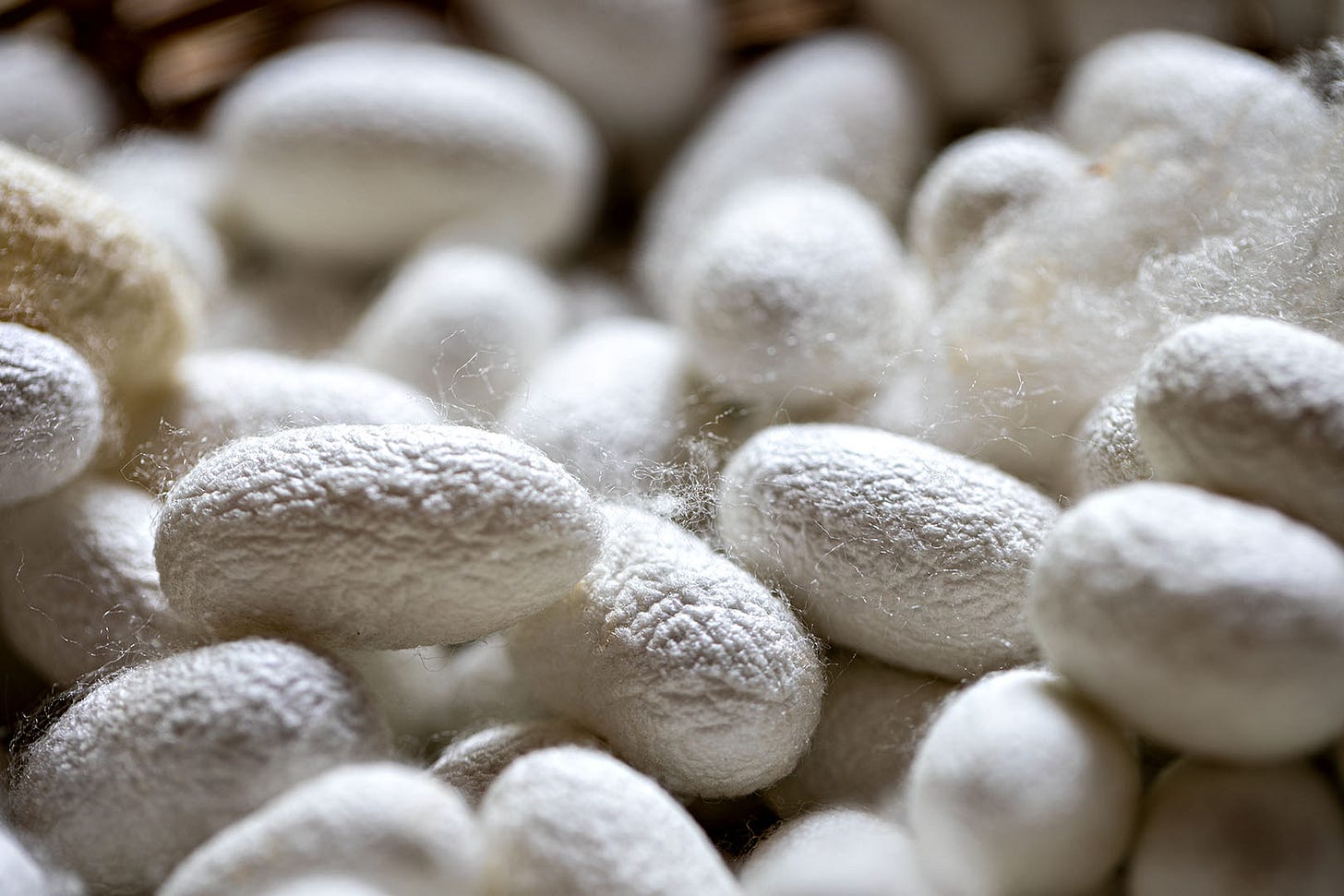
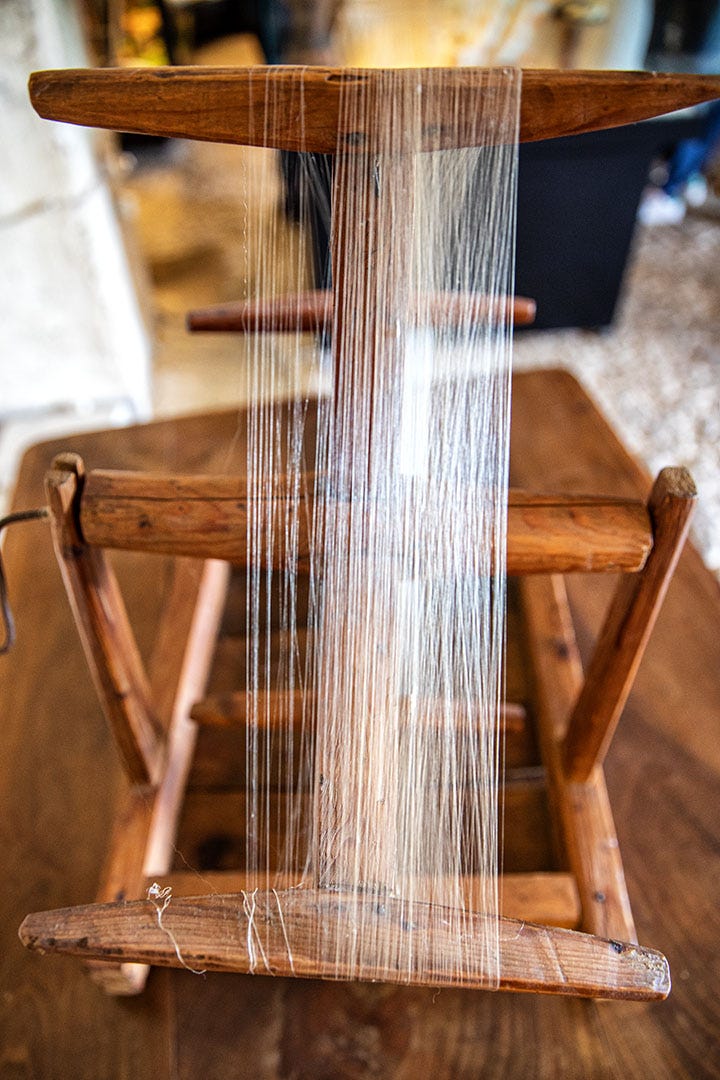

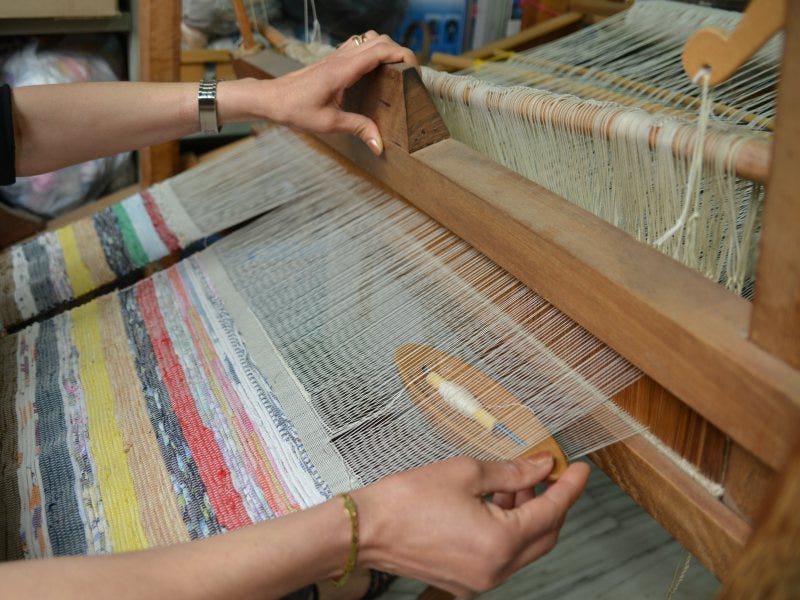
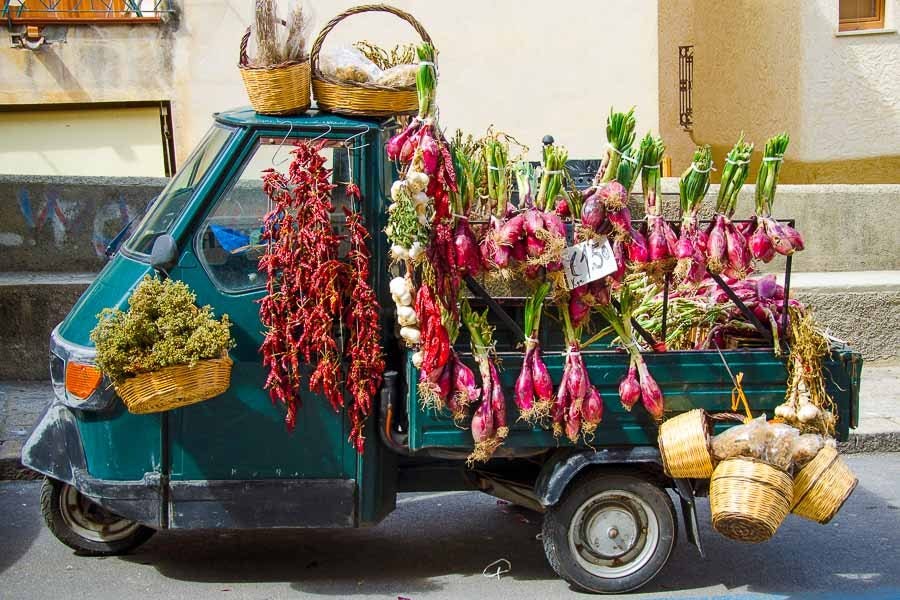
Merci pour ton post !!